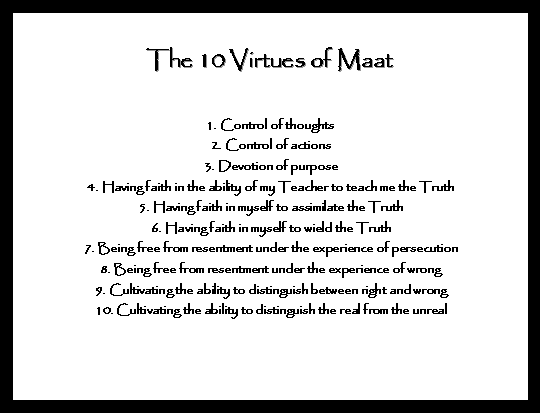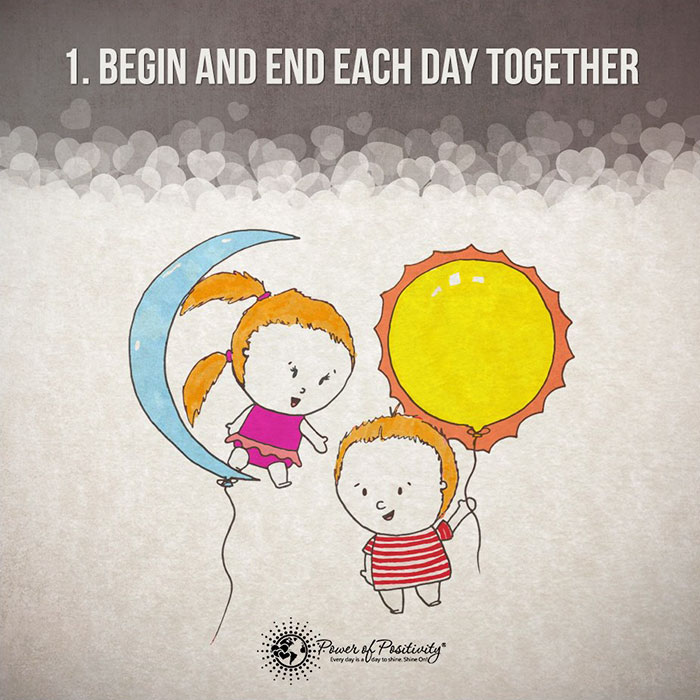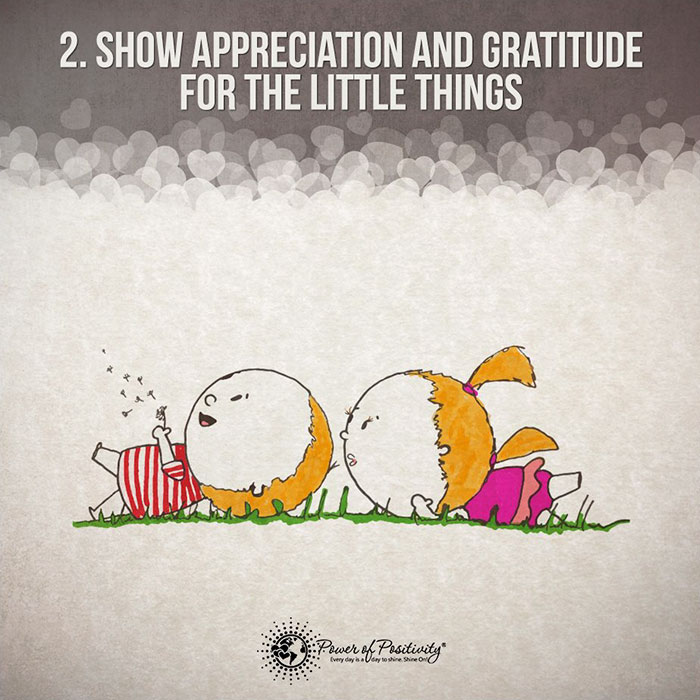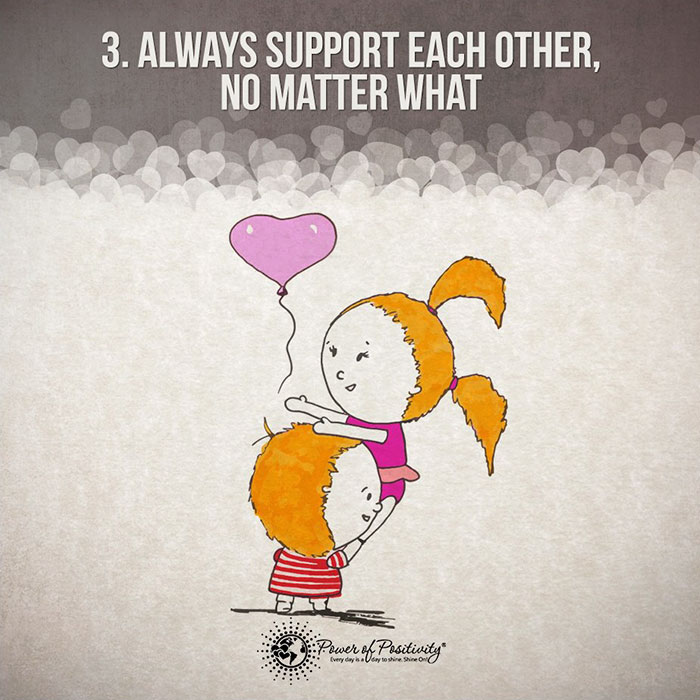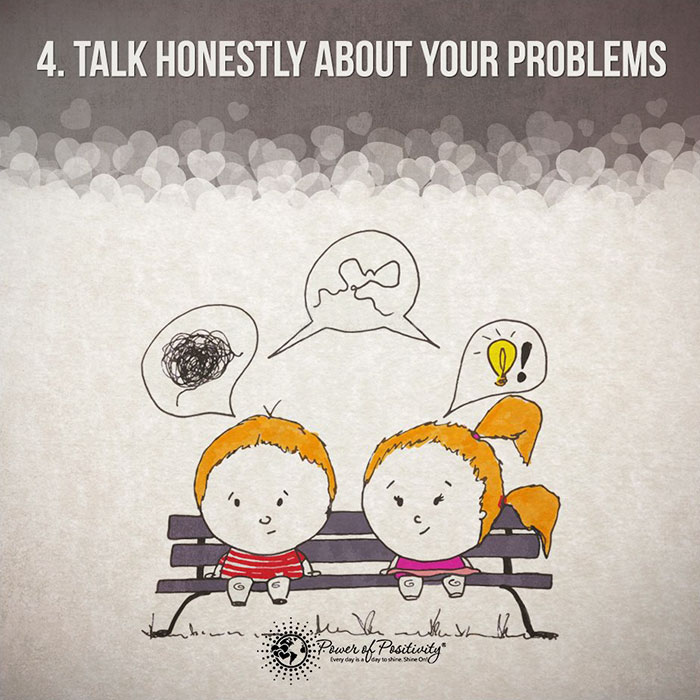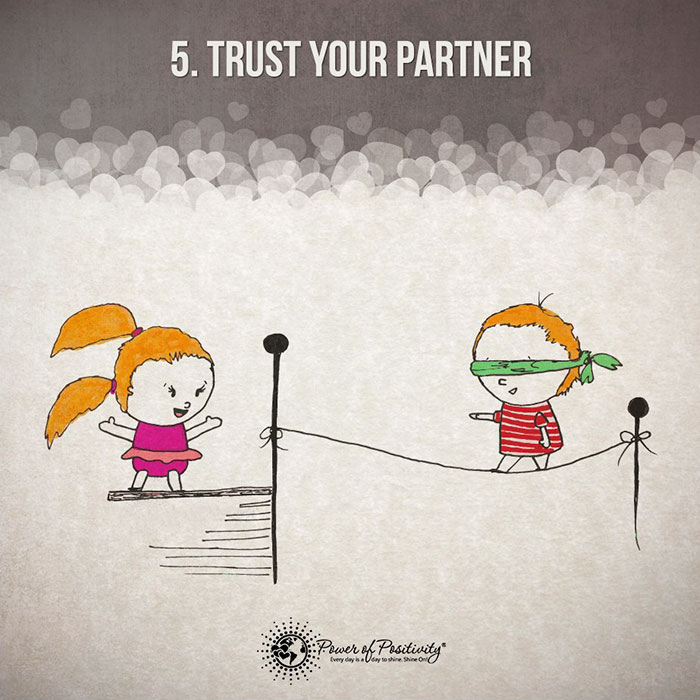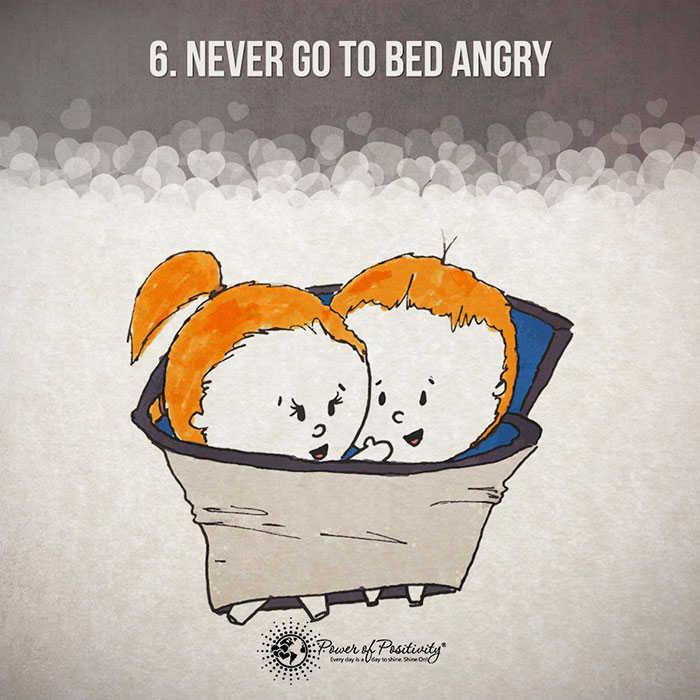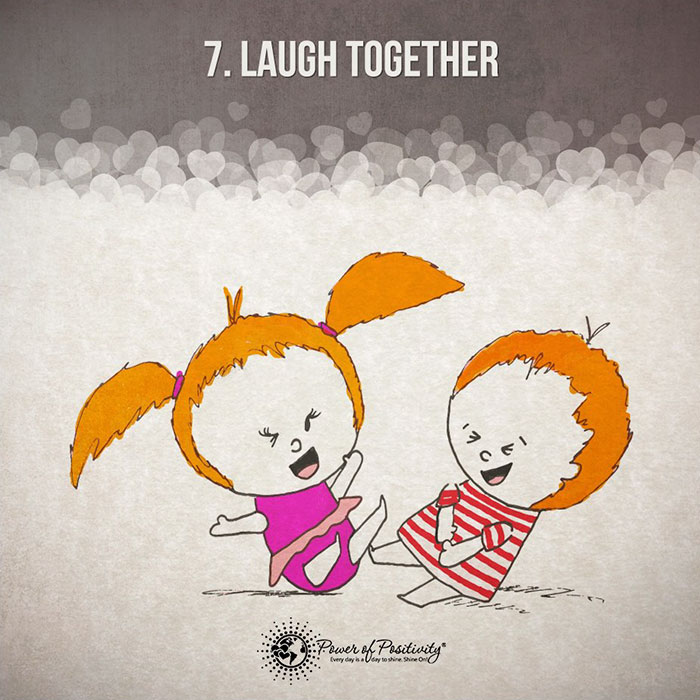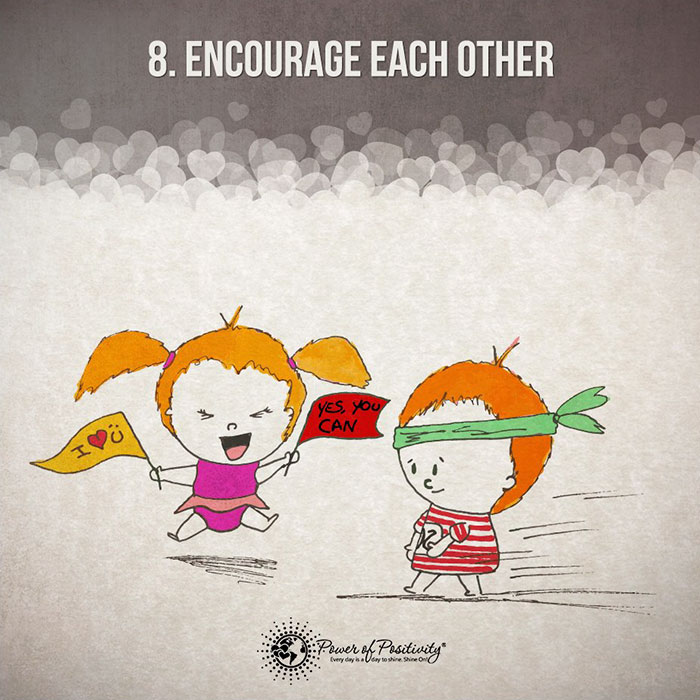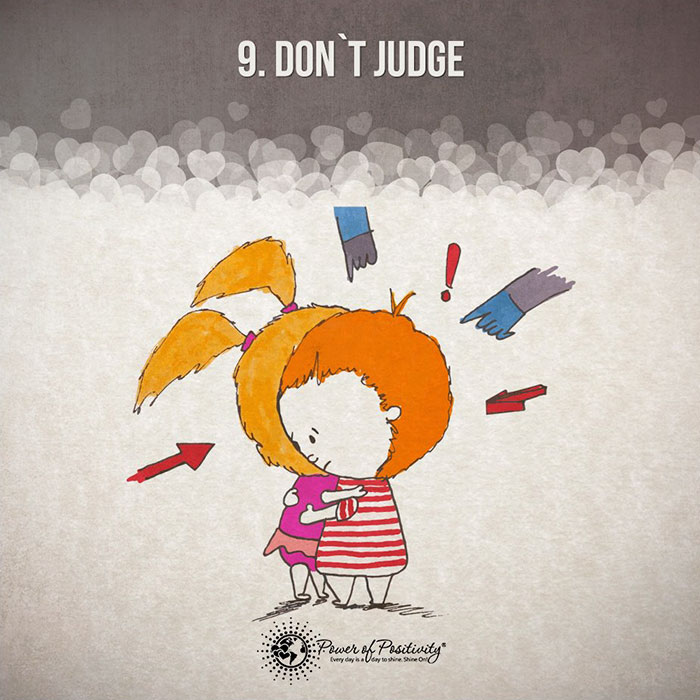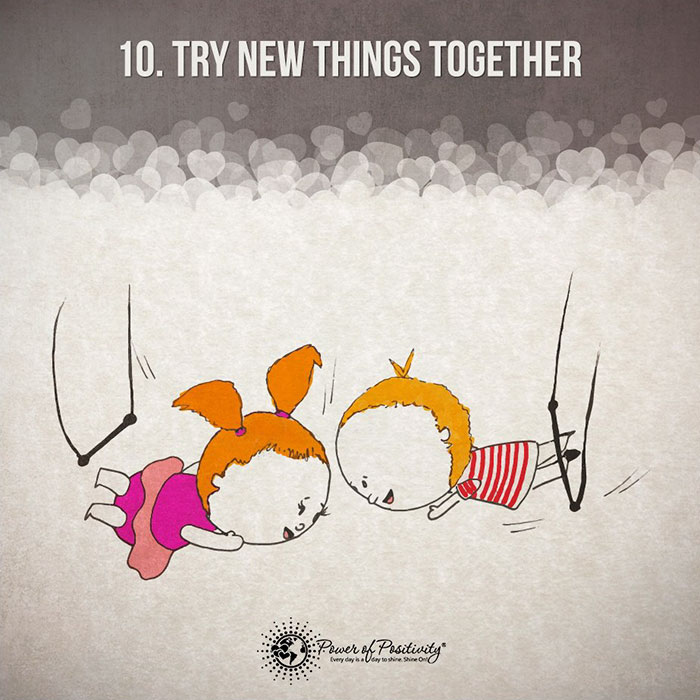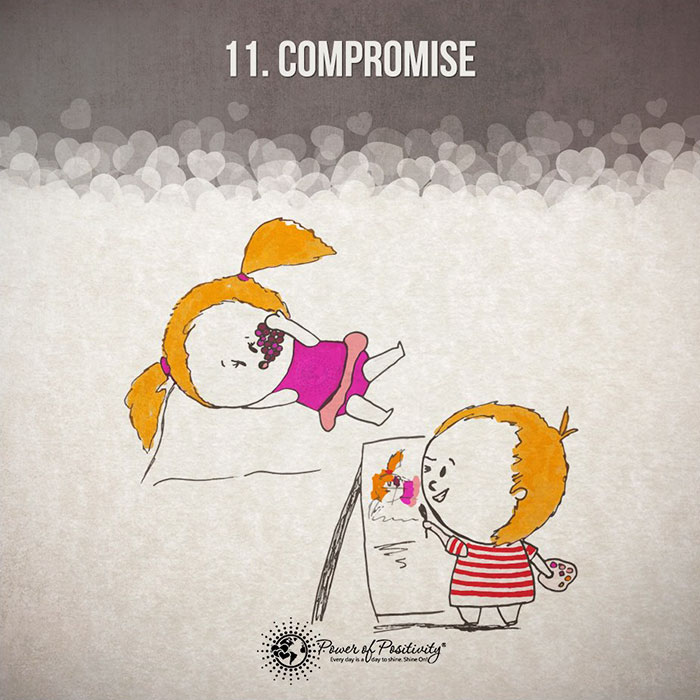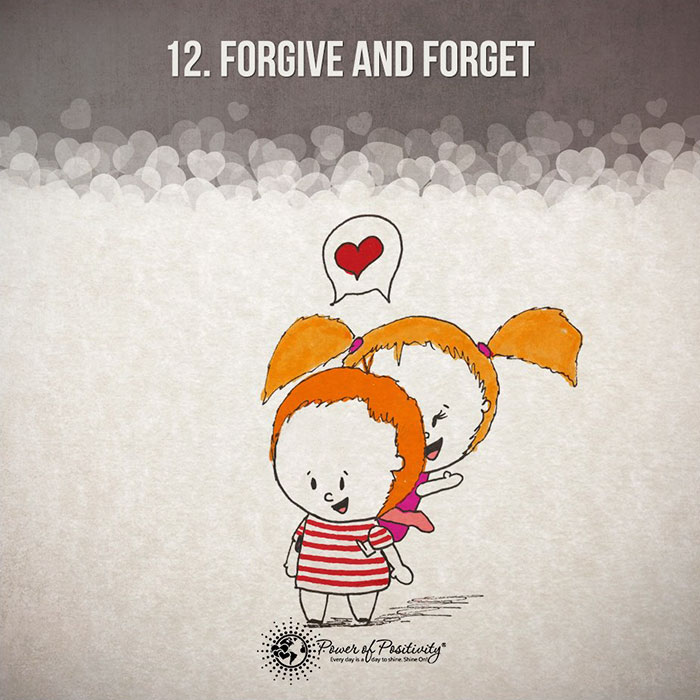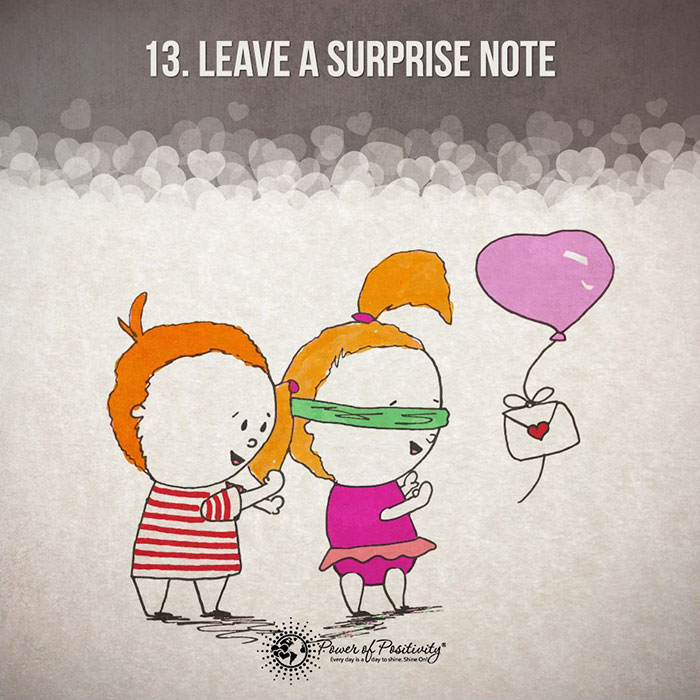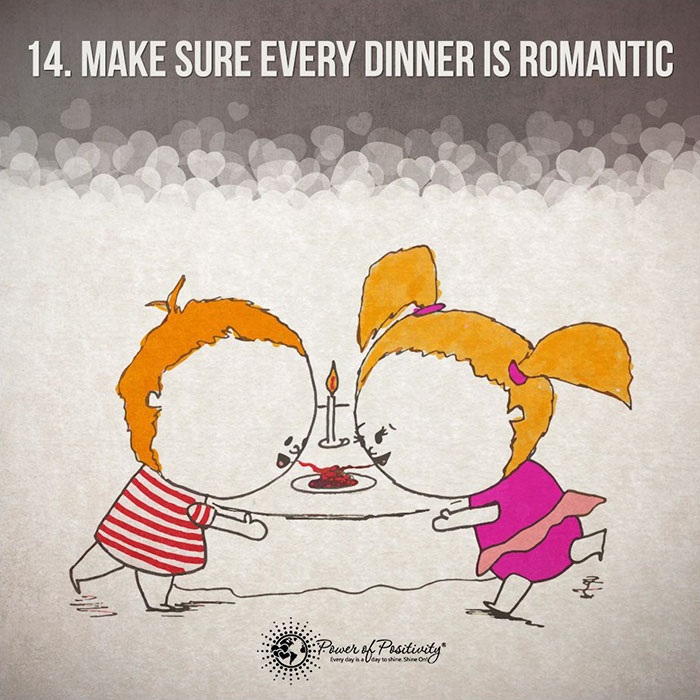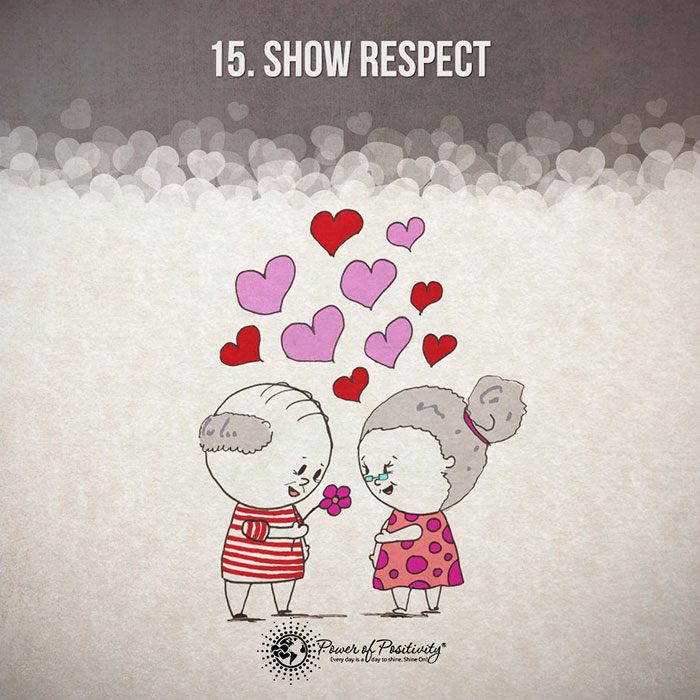by MELANIE PINOLA
It doesn’t matter if you’re an atheist, devout follower of your faith, an agnostic or something in between — there’s wisdom to be learnt from the world’s religions. Here are some of the most important, universally applicable teachings from sacred texts everyone would benefit from learning.
I’m not a theologian by any means, but comparative religion has been an interest of mine for more than two decades. Reading The World’s Wisdom by Philip Novak, The Enlightened Mind compiled by Stephen Mitchell, and other such compilations of the world’s religious traditions, the one thing that has struck me most is the common themes running through them all — stories of community, of treating others with respect and of finding your purpose in life.
Putting aside differing beliefs — about the afterlife, the nature of the divine, and religious rituals — we can all glean life lessons from ancient scriptures. Here are some of the most notable ones from Christianity, Islam, Hinduism and Buddhism (I’m choosing the most “popular” religions here based on the
number of people adhering to these faiths and my familiarity with them, but also including other religions like Judaism and Sikhism where I have more information.)
1. The Golden Rule
If there’s any universal truth or common teaching across various religions, it’s probably the golden rule: Treat others as you would want to be treated yourself. As
TeachingValues.com points out, this tenet is expressed in Christianity, Confuscianism, Buddhism, Hinduism, Islam, Judaism, Taoism and Zoroastriantism.
The Jewish Talmud, for example, says:
What is hateful to you, do not do to your fellowman. This is the entire Law; all the rest is commentary.
The Hindu Mahabharata declares:
This is the sum of duty; do naught onto others what you would not have them do unto you.
And from the Islamic Sunnah:
No one of you is a believer until he desires for his brother that which he desires for himself.
In the secular world, this is called empathy, one
of the most important skills you can learn both for your career and social life. It’s about understanding where the other person is coming from and, even more important, treating their concerns the way you would your own.
2. Work for the Happiness of Others, Especially the Poor and Unfortunate
This teaching is similar to the golden rule, but expressly asks us to look out for others less fortunate than us. Studies have found that the most successful people
tend to be givers rather than takers, and religions advocate this idea of selflessness and charity.
Buddha’s final instructions on “the mission” set before us, for example, is to work for the happiness of others:
Go your ways, oh monks, for the benefit of many, for the happiness of many, out of compassion for the world, for the good, benefit and happiness of gods and men.
The Bible also preaches concern for the unfortunate:
If…there is a needy person among you…do not harden your heart and shut your hand against your needy kinsman. Rather, you must open your hand and lend him sufficient for whatever he needs. For there will never cease to be needy ones in your land, which is why I command you: open your hand to the poor and needy…
Albert Einstein went so far as to declare that Judaism isn’t really a religion, but a tradition that celebrates the beauty of every single life:
Judaism appears to me to be almost exclusively concerned with the moral attitude in and toward life. […] The essence of the Jewish concept of life seems to me to be the affirmation of life for all creatures. […} There remains, however, something more in the Jewish tradition, so gloriously revealed in certain of the psalms; namely a kind of drunken joy and surprise at the beauty and incomprehensible sublimity of this world, of which man can attain but a faint intimation. It is the feeling from which genuine research draws its intellectual strength, but which also seems to manifest itself in the song of birds…
Caring for the unfortunate is one of the founding tenets of Sikhism, as
CNN reports:
“(Founder) Guru Nanak said that if you want to meet God, serve the poor people,” Johar says.
Gurdwaras around the world variously incorporate clinics, schools, guest quarters and community centres, which Sikhs say is a sign of the religion’s values of service and equality.
“Be like the flower that gives its fragrance to even the hand that crushes it.” – Imam Ali ibn
3. Focus on the Present
As much as religions preach about the afterlife, they also emphasise making the most of the time we have available now (and isn’t that the point of all our productivity hacks?).
Buddhism’s emphasis on
mindfulness and
meditation might be the most prominent examples, but other religions also encourage us to savour the moment and sharpen our awareness.
Tyler Lear, a former theology student, notes, for example, that Hinduism is hinged on your “rightful stage” or life priority at the time:
In Vedic Hinduism (there are significant aspects in modern versions of Hinduism and Indian culture in general, but it’s not as hard-and-fast as it’s represented in the Vedas), there are four life stages: student, householder, retiree, renouncer. […] These stages do not necessarily have to all be completed in a lifetime; in fact, it could take several lifetimes to work through a single stage, depending on the person. When one was acting within one’s rightful stage (i.e. a householder doing their best to raise their family, work hard, and earn lots of money or a renouncer praying and meditating, having as little to do with other humans as possible), then one is actively contributing to the cosmic order. In other words, if you do what you’re supposed to do according to your stage (among other things, like caste, etc.), you’re helping hold the universe together.
Bottom line: Everyone’s at a different place in life, with different priorities, and that’s a good thing.
The Hindu Svetesvatara Upanishad recommends the “quiet retreat of
Yoga“:
Find a quiet retreat for the practice of Yoga, sheltered from the wind, level and clean, free from rubbish, smouldering fires, and ugliness, and where the sound of waters and the beauty of the place help thought and contemplation.
And Jesus told his followers:
Take therefore no thought for tomorrow: for tomorrow shall take thought of the things for itself. Sufficient unto the day is the evil thereof.
In other words, worrying is a pretty useless pasttime. The only things you’ll
actually regret on your deathbed are things like not expressing your feelings and sacrificing family time for work.
4. Aim for Achievements, Not Money
More money
doesn’t always mean more happiness — an idea most religions are happy to point out. Stop running after material things, Christianity, Islam, Buddhism, and Judaism agree.
Imam Ali ibn abi Talib says:
“The parable of this world is like your shadow – If you stop, it stands still. If you chase it, it distances itself from you.”
Money can also distract you from the bigger picture, as Jesus said:
It is easier for a camel to go through the eye of a needle than for a rich man to enter the kingdom of God.”
5. Interact with the Community
Religious practice forces you out of your shell (if you’re the type, like me, to have a social shell). That’s a good thing, because shared religious beliefs or not, we all depend on each other to not just survive but also thrive.
A Jewish rabbi, through Tyler Lear, pointed out that community is the defining trait of Judaism:
There are many different ways to be Jewish, including atheist Jews, but the people are really what bring everything together. They share a common history and (in most ways) a common culture. [Side note: this is one of the biggest issues with people converting to Judaism; if you have to convert, you weren’t part of the community to begin with, which makes sharing in that common background far harder.]
Bottom line: Life is about the people you’re with, a sense of community with those around you; nothing else matters nearly as much.
Other religions also emphasise this. Islam’s five daily prayer practices, for example, bring followers together throughout the day, as do other religion’s formal, regular services. My favourite part of Catholic mass has always been that “peace be with you” shaking of hands with the strangers in your pew — I bestow peace on you, you bestow it on me, and at least in that moment everything is right with the world. Being an active participant in the community might not come naturally to many of us, but at the very least, religion reminds us that we are not alone.
6. Take Responsibility for Your Actions
“What goes around, comes around.” Most religions have their own interpretation of karma and warn followers that your choices and actions have consequences.
Karma yoga is perhaps the central teaching from Hinduism’s Bhagavad Gita. It’s not the action itself that matters, but the quality of mind behind your actions that bind you. Act for the sake of acting, without desire for the rewards (
Getting started is everything.):
If one identifies with one’s actions, desiring certain results, one is bound to that action-pattern and doomed to rebirth. However, if one acts earnestly but without attachment to results, performing every action as an offering to God, knowing that God alone is the only Actor, one proceeds on the path to liberation.
The core doctrine of Buddhism also teaches in the Eightfold Path that:
All beings are the owners of their deeds (karma), the heirs of their deeds; their deeds are the womb from which they sprang…Whatever deeds they do — good or evil — of such they will be the heirs.
GotQuestions.org interprets karma for Christians — essentially, you reap what you sow:
The Bible talks a lot about reaping and sowing.
Job 4:8 says, “As I have observed, those who plow evil and those who sow trouble reap it.”
Psalm 126:5 says, “Those who sow in tears will reap with songs of joy.” […] In each of these instances, as well as all the other references to reaping and sowing, the act of receiving the rewards of your actions takes place in this life, not in some future life. It is a present-day activity, and the references make it clear that the fruit you reap will be commensurate with the actions you have performed. In addition, the sowing you perform in this life will affect your reward or punishment in the afterlife.
7. Know Yourself (Make Up Your Own Mind)
Many people associate religion with indoctrination, but if you study the texts from the world’s major religions, they actually advocate looking within yourself to make up your own mind — and maybe find your spiritual core within yourself.
My favourite Zen story is this:
A monk asked Seon Master Un-mun, “What is Buddha?”
The master replied, “Dried shit on a stick.”
And also:
Even though religions have very structured practices, self-reflection Is strongly encouraged.
John Calvin’s Christian writings in Institutes
proclaims:
Nearly all wisdom we possess, that is to say, true and sound wisdom, consists in two parts: the knowledge of God and of ourselves (Institutes, 1.1.1).
Calvin argued that one could not truly know God without knowing oneself and that one couldn’t truly know oneself without knowing God. Calvin acknowledged the obvious dilemma in saying, “which one precedes and brings forth the other is not easy to discern.”
And Imam Ali ibn Abi Talib advises:
“One who often thinks and reflects develops his foresight and vision.”
Stay curious and keep questioning — but also don’t discount the wisdom of the ages.
Source: http://www.lifehacker.com.au/2014/08/seven-important-lessons-from-world-religions-everyone-should-know/
